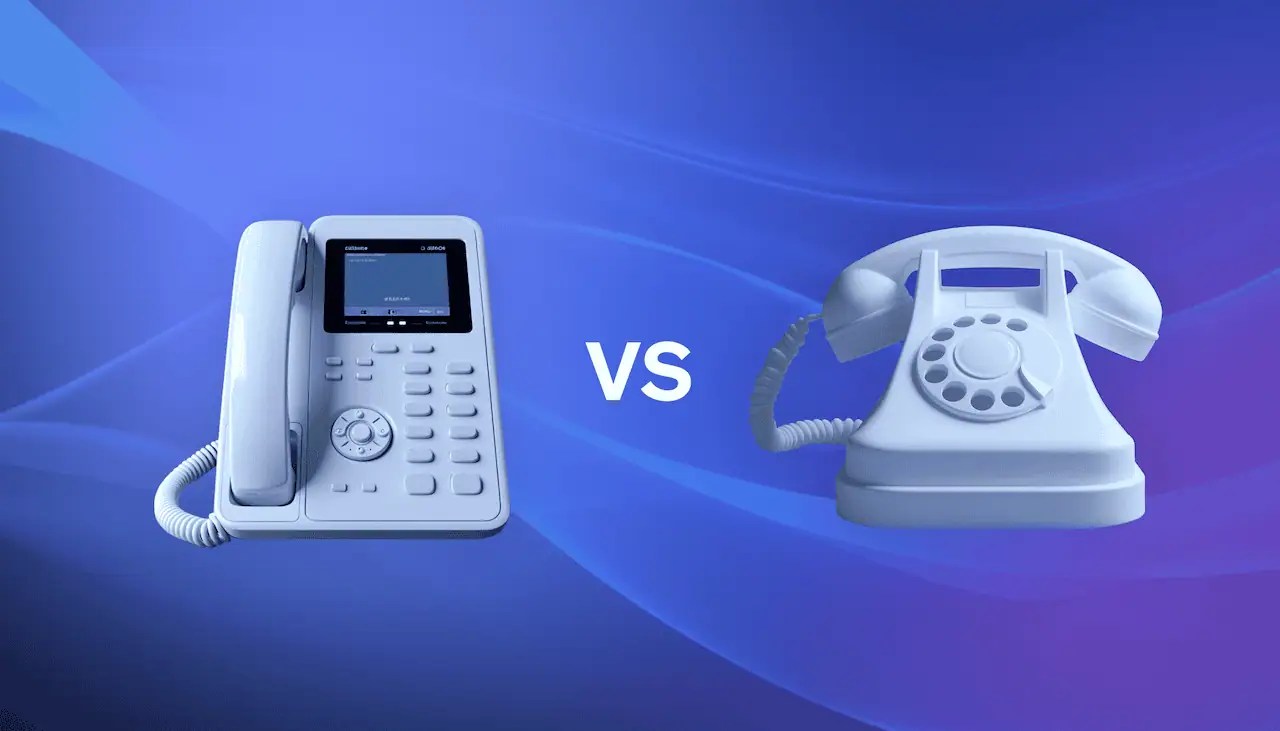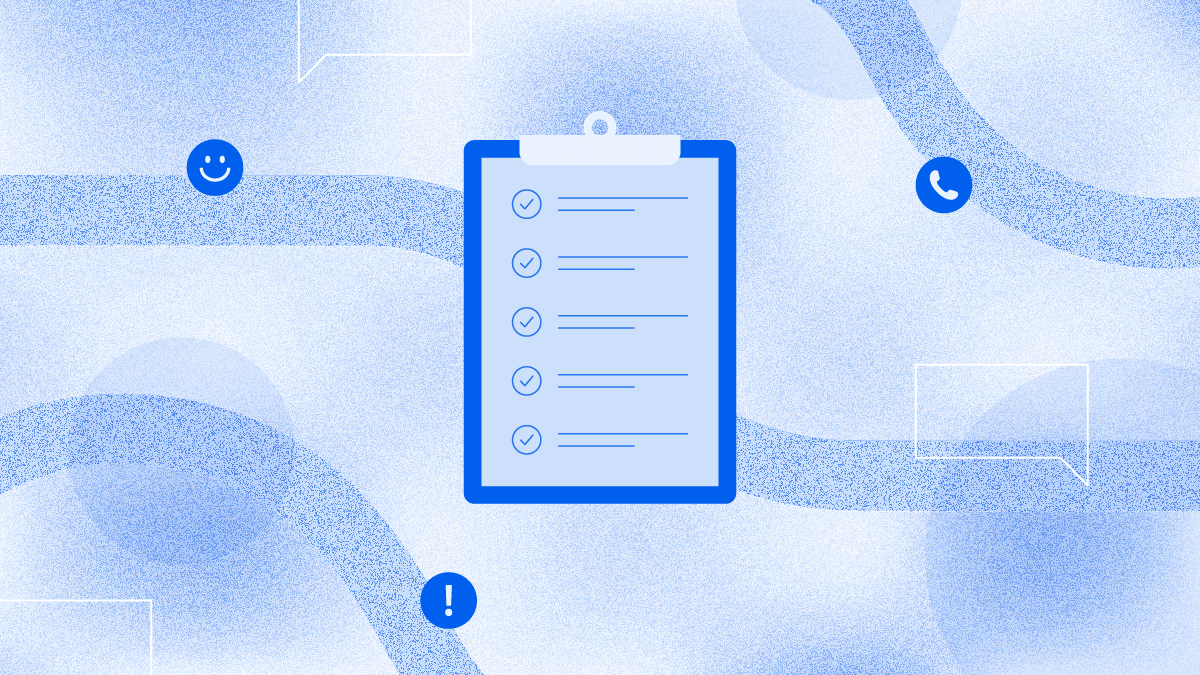A contact center’s struggle with low connection rates, unanswered calls, high operational costs, and frustrated agents is as real as it gets. Modern dialer software saves you these hassles by maximizing agent talk time and reducing operational costs.
Predictive dialers and auto dialers automate your outbound calling process, eliminating the need for manual dialing and ensuring your agents spend more time with real prospects and less time waiting for responses.
However, it’s important to understand the difference between the predictive dialer and the auto dialer, so you can choose the perfect solution to optimize your contact center performance and increase conversions.
This post will tell you everything you need to know to decide between predictive and auto dialers, explore their benefits and drawbacks, and provide strategies for optimizing your outbound calling strategy.
What Is a Predictive Dialer?
A predictive dialer is an advanced outbound calling system that uses machine learning algorithms and statistical modeling to optimize call center efficiency. Unlike traditional dialers, it employs sophisticated predictive analytics to anticipate agent availability and dial multiple calls and phone numbers simultaneously, minimizing idle time and maximizing contact center productivity.
How do predictive dialers work?
Predictive dialers begin dialing numbers even before the agents wrap up the previous call. As a result, the agents will have the next call in the queue after completing the current call.
Behind the scenes, predictive dialing systems analyze historical data, such as average call duration, active calls, agent availability patterns, and call outcomes (e.g., busy signals, no answers) to accurately estimate when an agent will be free and initiate new calls. This “predictive” capability improves agent productivity, reduces downtime, and connects agents with a maximum number of prospects.

Benefits of using a predictive dialer
Below are some top benefits outbound predictive dialers offer:
- Increase agent productivity: Eliminate downtime between calls and connect agents only to live prospects, leading to more conversations and increased efficiency.
- Scale effortlessly: Adjust your calling capacity instantly to match demand. Ramp up agents during peak times and scale down during lulls for optimal resource utilization.
- Get valuable insights: Monitor key metrics like calls made, call duration, and agent performance. Access real-time data to make informed decisions and improve outbound campaigns.
- Empower your team: Provide agents with the tools to manage their call lists effectively, prioritize leads, and personalize interactions for better customer engagement.
What Is an Auto Dialer?
An auto dialer is a type of automated calling software that dials phone numbers, connects a caller (customer or prospect) to the contact center agent, and plays a recorded message. Auto dialer software enhances outbound dialing strategies, optimizes efficiency, and reduces idle time for agents. It’s a necessary tool for effective calling campaigns.
Dialer software works by automatically dialing phone numbers from a preloaded list of leads or customers. Call center dialers can be configured to dial numbers at a predetermined rate, ensuring a steady flow of calls. It also can filter out unproductive calls, such as disconnected numbers, busy signals, voicemails, and unanswered phone calls.
When a call is successfully connected, the software immediately routes it to an available agent, who can then engage with the customer. This dialing process saves time and connects your call center agents with live leads.

Benefits of using auto dialers
Implementing auto dialer software can lead to substantial improvements in your outbound call center operations and productivity. Some of the key benefits include:
- Maximize agent talk time: Eliminate dialing manually and wasting time waiting for connections. Auto dialers ensure agents spend their time engaging with customers, not chasing dead ends.
- Increase efficiency: Improve the number of conversations per hour by automating the dialing process. Agents can focus on selling or providing support, leading to improved performance.
- Enhance customer engagement: Keep customers connected and satisfied. Auto dialers facilitate consistent communication and reduce wait times, leading to a better customer experience.
Predictive Dialer vs. Auto Dialer: Key Differences
An auto dialer simply automates the calling process to deliver messages or connect calls to agents, while a predictive dialer uses advanced algorithms to optimize call timings based on agent availability and other criteria.
While auto dialers are noted for effectively managing the workload by assigning connected calls to available agents, predictive dialers are the favored option for campaigns that aim to maximize connectivity.

Predictive dialer software places a call a few seconds before an agent completes the previous call. It does that by estimating the agent’s call duration and availability. Conversely, an auto dialer dials a number of contacts and connects answered calls to an available representative.
While you have to set up the auto dialer call rate per agent, the predictive dialer estimates and sets the dial rate based on the number of agents, call duration, etc.
An auto dialer is suitable for teams with less than eight agents and campaigns with small contact lists.
Predictive dialer software is perfect for teams with more than eight call center agents and outbound calling campaigns with high call volumes and fast turnaround times.
| Feature | Predictive Dialer | Auto Dialer |
|---|---|---|
| Call initiation | Predicts agent availability and dials multiple numbers in advance | Dials numbers sequentially or progressively |
| Algorithm use | Uses AI and algorithms to optimize call timing | May use basic algorithms for call pacing |
| Productivity | Maximizes agent talk time and minimizes idle time | Automates dialing but may have some agent downtime |
| Scalability | Highly scalable for large teams and high call load | Suitable for smaller teams and moderate number of calls |
| Ideal use cases | High-volume outbound campaigns, sales, debt collection, telemarketing | Lead nurturing, follow-ups appointment reminders, customer surveys |
Choosing Between Predictive and Auto Dialer for Your Business
It’s key to weigh both the pros and cons of predictive and auto dialers to choose the one that meets your current business needs and supports your future growth and success at the same time. Let’s break down the main factors to consider:
When to choose a predictive dialer
Predictive dialing is perfect for high-volume call centers, sales teams, and companies with sufficient agents. Predictive dialing software increases agent productivity, offers advanced features like call pacing and CRM integration, and improves lead conversion rates.

While powerful, predictive dialing comes with certain drawbacks:
- Algorithm dependence: The accuracy of its algorithms and the quality of data it analyzes make a big impact. Inaccurate predictions lead to abandoned calls, frustrated customers, and compliance issues.
- Potential for compliance issues: If not configured carefully, predictive dialing software can cause high abandoned call rates, violating TCPA regulations, and hefty fines.
- Higher cost: Due to their sophisticated technology, predictive dialers cost are typically more expensive than auto dialers.
- Requires skilled agents: Agents need to be adept at handling calls quickly and efficiently to minimize idle time and maximize the benefits of the dialer.
When to choose an auto dialer
Auto dialers simply dial a list of numbers, connecting agents only when someone answers. They’re ideal for smaller contact lists, situations where personalized conversations are less critical, and teams with limited agents.

They’re simple to use, increase efficiency by eliminating manual dialing, and are cost-effective. However, they also have some weaknesses and limitations too.
- Limited flexibility: Auto dialer software may not be suitable for complex sales conversations or campaigns requiring personalized interactions.
- Potential for dropped calls: Basic auto dialers may not check for agent availability before connecting a call, leading to dropped calls and a negative customer experience.
- Less sophisticated reporting: Auto dialers may provide limited call analytics compared to predictive dialers, making it harder to track performance and optimize campaigns.
Choosing the right type of dialer
Consider these critical factors before choosing a dialer software for your outbound call center:
- What’s your daily call volume? Are you dealing with hundreds of calls or thousands?
- How many agents are on your team? A larger team can handle a more robust dialer.
- What’s the nature of your conversations? Are they quick and informational, or do they require in-depth engagement?
- What’s your budget? Predictive dialer software offers advanced features but comes at a higher cost.
- Are there industry regulations you need to comply with? Ensure your chosen dialer software supports compliance.
Analyze these factors and confidently select the dialer system that will optimize your agent productivity, enhance customer interactions, and drive better business results.
Optimizing Outbound Calls for Your Call Center
Choosing the right dialer is just the first step. To optimize your outbound calling strategy, consider these best practices:
- Personalize scripts: Equip your call center agents with dynamic scripts that can be tailored to individual customer needs. Train them to go “off-script” when necessary to build rapport and address specific concerns. Integrate your CRM with your dialer to give agents real-time customer data.
- Embrace omnichannel communication: Don’t rely solely on phone calls. Integrate email, SMS, and chat into your outreach strategy to cater to different communication preferences and nurture leads across multiple channels.
- Scale your call center strategically: Analyze call data, such as average handle time and call volume, to optimize staffing levels. Implement workforce management tools for call center managers to forecast demand and ensure adequate agent coverage.
- Monitor and analyze performance: Track key metrics, such as conversion rates, call duration, and customer satisfaction, to identify areas for improvement. Regularly review call recordings to provide targeted coaching and feedback to agents.
- Prioritize compliance: Stay up-to-date on TCPA regulations and ensure your dialer is configured to comply with all applicable laws. Implement features like do-not-call list scrubbing and call recording to minimize compliance risks.
Dial More Efficiently With Nextiva
With Nextiva, you don’t need to purchase a separate dialer tool. Instead, you get powerful dialing capabilities within a unified platform. It’s easy to connect your dialer tool to our scalable VoIP phone system or simply use our consolidated contact center software for a dialer. You get:
- Advanced call routing: Route calls efficiently to the right agents or departments.
- Call recording: Monitor calls for quality assurance and training purposes.
- Real-time analytics: Track key call metrics and gain valuable insights into your campaigns.
- CRM integrations: Seamlessly connect with your CRM for enhanced customer data management.

Nextiva ties your outbound call center operations together, making them more efficient and powerful than ever before. Discover the Nextiva contact center and achieve your business goals today.
The top-ranked contact center.
Enhance agent efficiency, connect with more customers and prospects, and save time using Nextiva’s automated dialer.
Auto & Predictive Dialer FAQs
Yes, predictive dialers are legal when used responsibly and in compliance with the Telephone Consumer Protection Act (TCPA). The TCPA is a federal law that regulates telemarketing practices to protect consumers from unwanted calls and messages.
To ensure your predictive dialer usage is legal, take the following steps:
– Maintain a low call abandonment rate (generally below 3%): High call abandonment rates can result in hefty fines.
– Use an answering machine detection system: This prevents leaving messages on unintended numbers, which can be a TCPA violation.
– Provide an opt-out mechanism for consumers: Give people a clear and easy way to opt out of future calls.
– Scrub your call lists against the Do Not Call Registry: Never call numbers on this registry.
– Work with a reputable vendor who prioritizes compliance: Choose a dialer provider with a strong track record of TCPA compliance.
While both predictive and progressive dialers automate dialing for contact centers, they differ in pacing and call initiation:
Predictive dialers use algorithms to predict agent availability and dial multiple numbers simultaneously, aiming to minimize agent idle time. This can lead to higher call abandonment rates if not managed carefully.
Progressive dialers dial the next number on the list only when an agent becomes available. This ensures that a live agent is ready for every call, reducing abandonment rates but potentially increasing agent idle time.
Contact centers often use the terms interchangeably, but there can be subtle differences:
Power dialer usually refers to a type of auto dialer that dials numbers from a list at a very fast pace, often used for high-volume campaign management.
Auto dialer is a broader term encompassing various types of automated dialers and multiple dialing modes, including:
– Preview dialers: Before making a call, agents can preview customer information — useful for complex sales calls or support situations where having context is crucial.
– Progressive dialers: Dials numbers progressively, only connecting agents when a call is answered, reducing unanswered calls.
– Power dialers: Focuses on rapid dialing and is suitable for high-volume campaigns to reach as many leads as possible.
Most modern dialers, both predictive and auto, offer customer relationship management (CRM) integration. Agents can access customer data, call history, and notes directly within the dialer interface, improving efficiency and personalization.
Many modern call center software like Nextiva are cloud-based, enabling remote agents to access the system from anywhere with an internet connection, providing flexibility and scalability for your workflows and remote workforce.
Regardless of the dialer type, track these key call metrics:
– Contact rate: The percentage of calls that reach a live person.
– Conversion rate: The percentage of calls that cause a desired outcome (sale, appointment, etc.).
– Average handle time: The average duration of a call.
– Abandonment rate: The percentage of calls abandoned by customers before reaching an agent.
– Agent utilization: The percentage of time agents spend actively on calls.





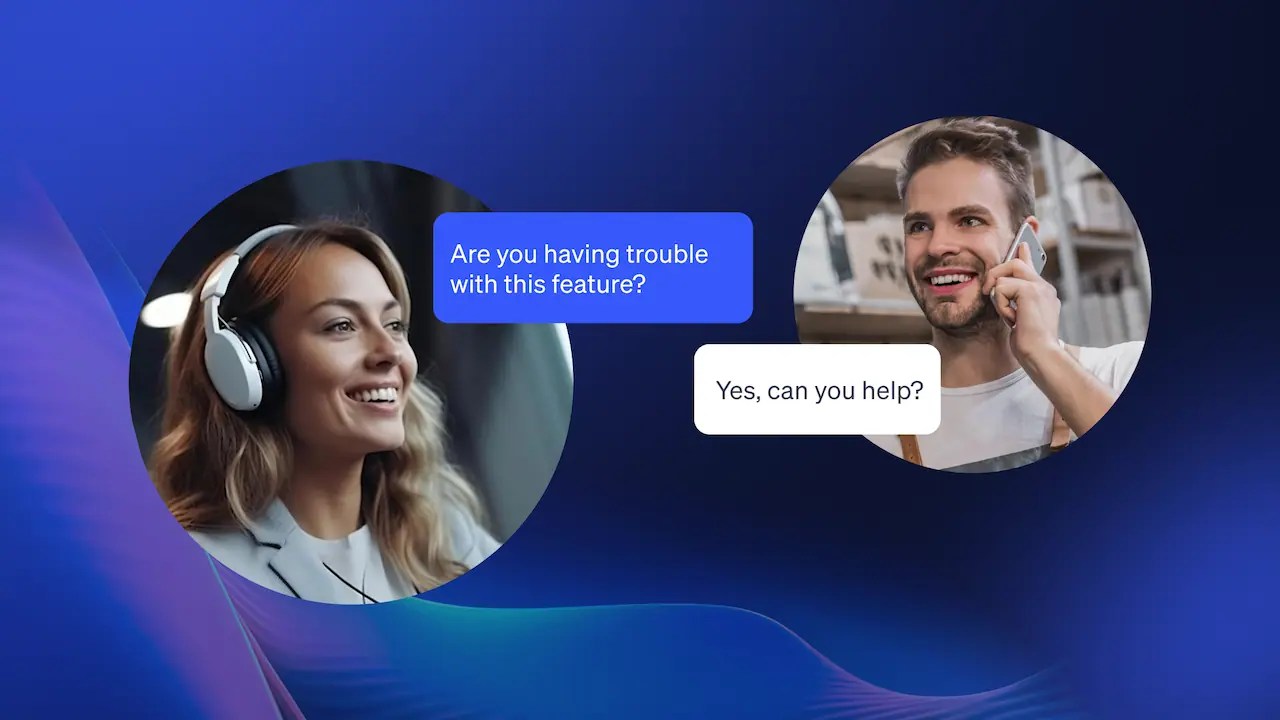
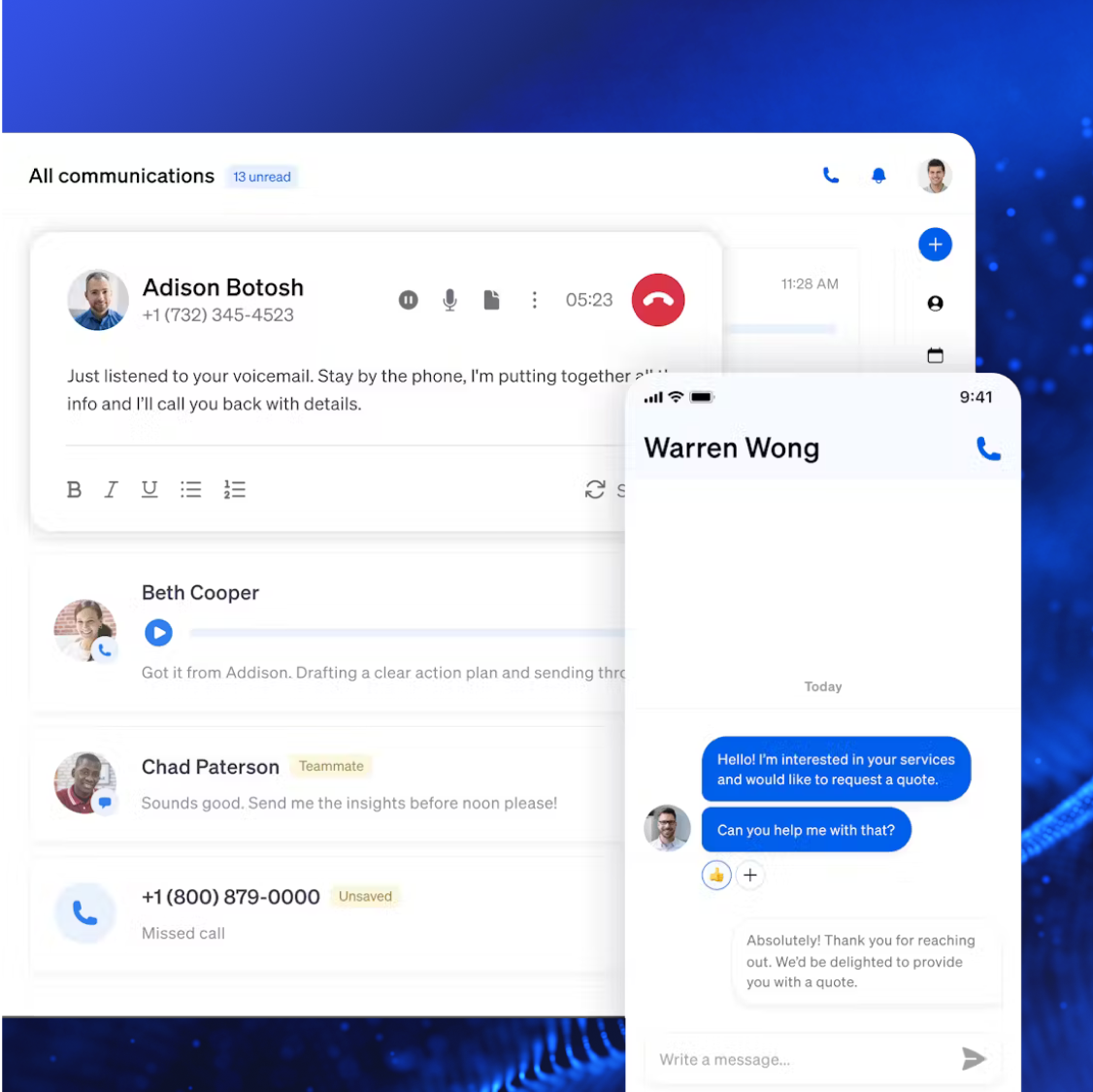
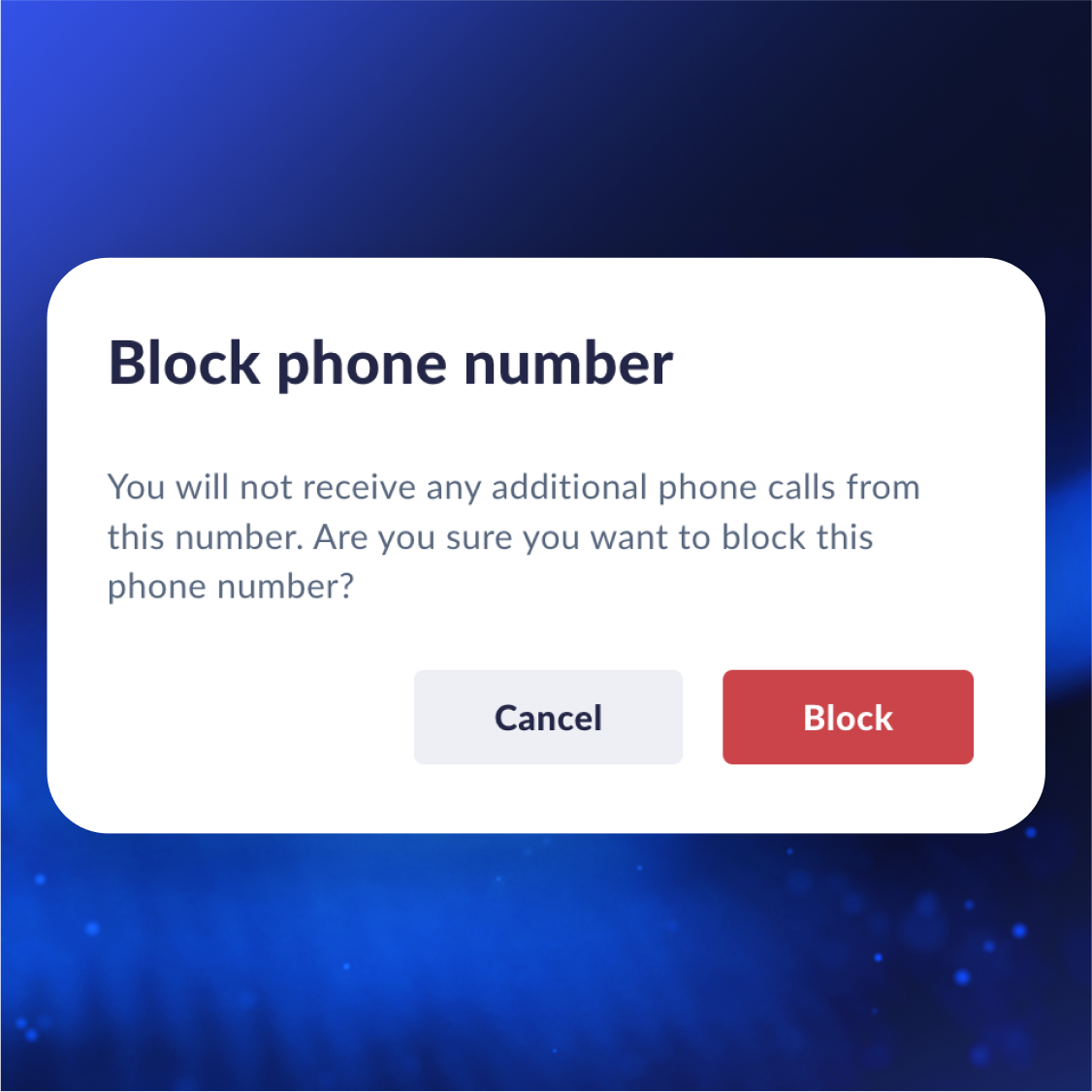
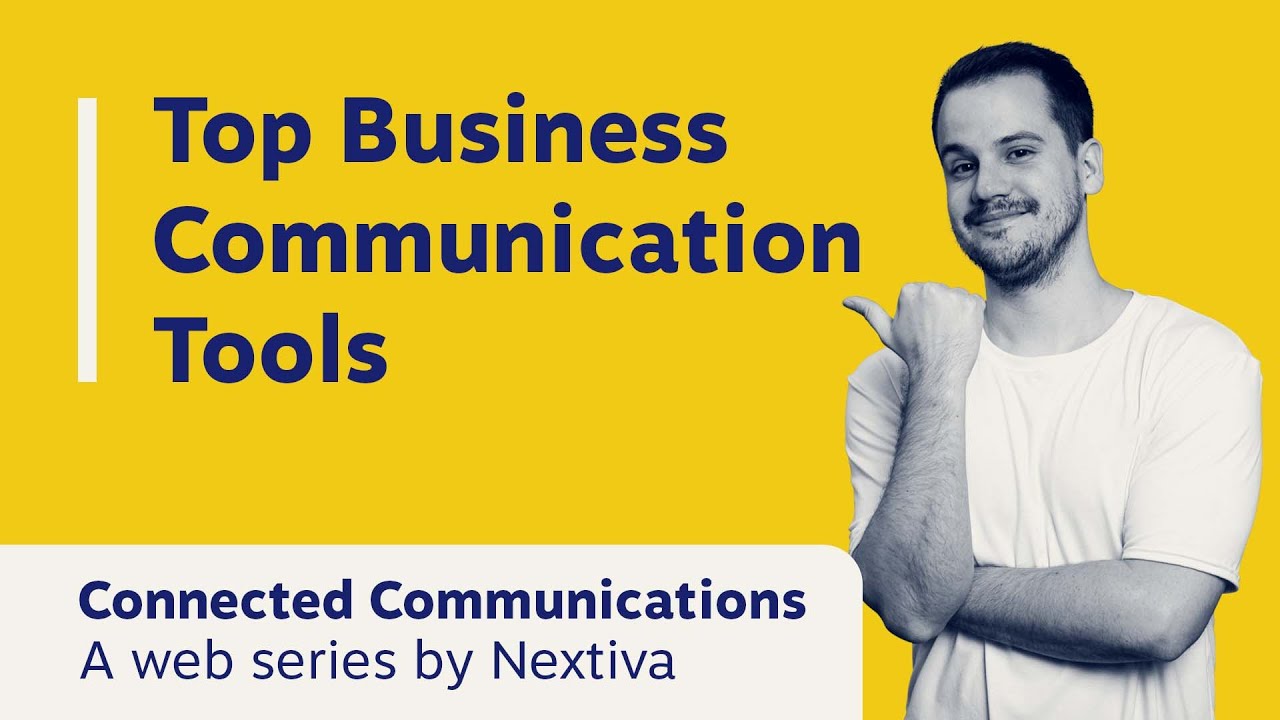






 VoIP
VoIP 








